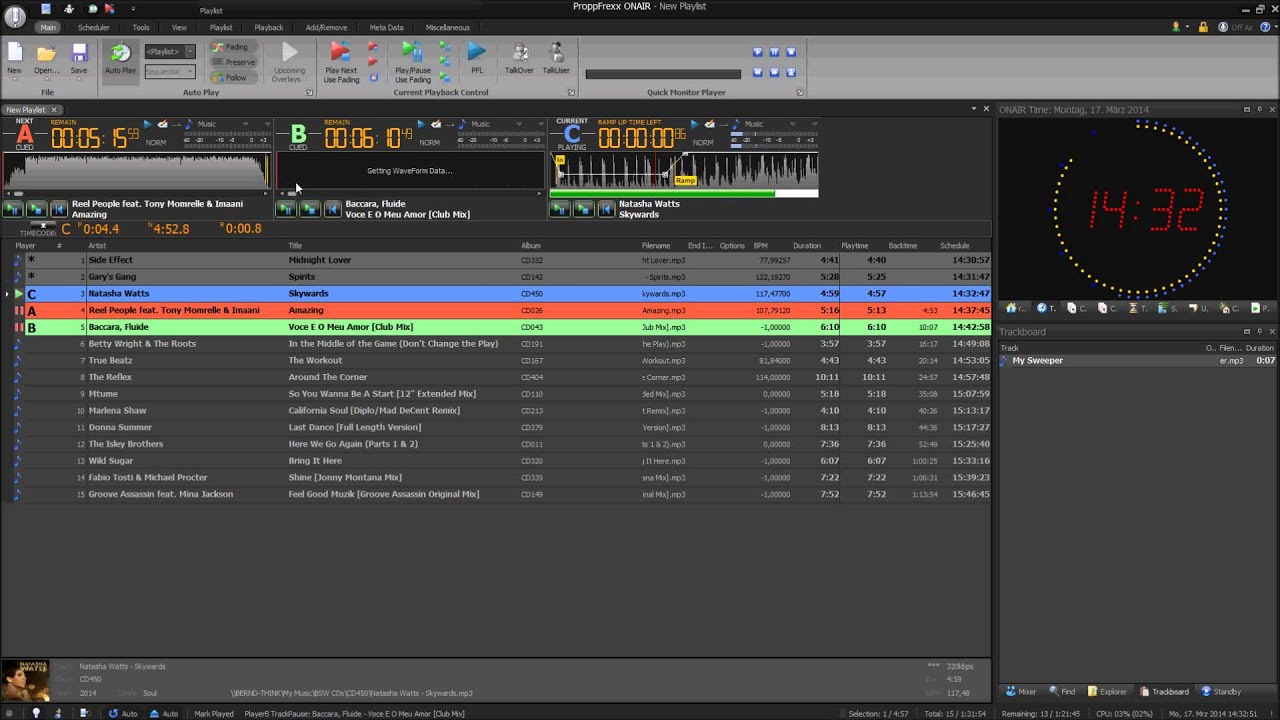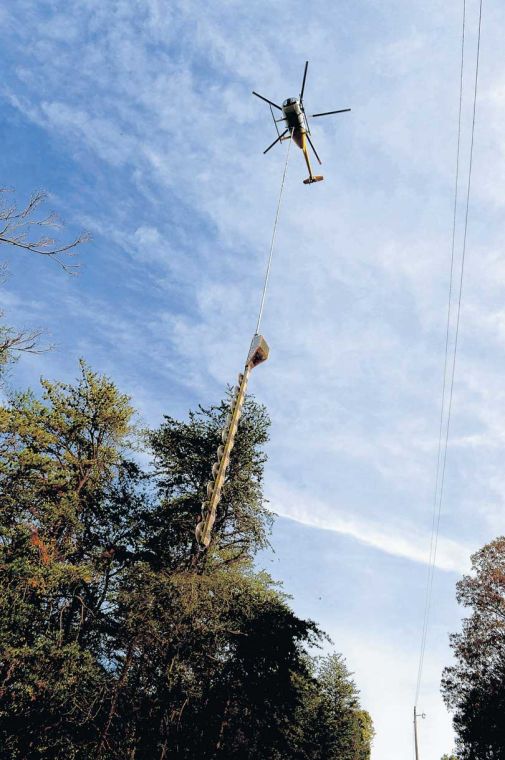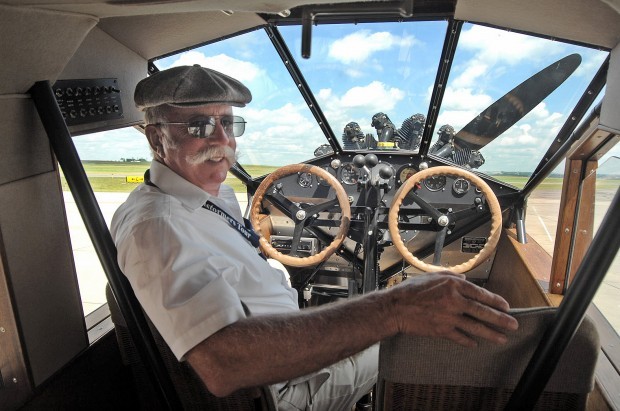


“So they all got the same key for the same room. But advance information had been sent that this group was coming and that they would need hotel rooms. “They were flying as a group and then you’d have to land before sunset, not ferrying at night, and then you’d have to find a hotel, and it was difficult. “She liked to tell the story about how she and about 20 male pilots were delivering (Vultee BT-13 Valiants) some place,” Haydu said. The women replaced male pilots so they could fill combat roles.īernice “Bee” Falk Haydu, another Women’s Airforce Service pilot who now lives in New Jersey, served in the training command while Blake was in the Ferry Command, but she recalled her as “a very accomplished pilot. The WASPs flew aircraft ferrying and delivery missions, towed aerial targets, and participated in flight testing and evaluation of advanced jet and rocket-powered aircraft. “It’s been an exciting life from a little kid who grew up on the beach in Honolulu.” “I feel very blessed to have been there at the beginning and gotten in,” said Blake in an interview with Airman magazine before her death. “If you hadn’t been successful, we wouldn’t be doing what we’re doing today.”īlake, who died Apat the age of 94, was believed to be the last surviving graduate of the first Women’s Airforce Service Pilot (WASP) training class during World War II. “Because you started it,” the captain said. The younger pilot thanked Betty “Tack” Blake several times as she talked about her job, so Blake finally asked the young captain why she was thanking her.

A young female pilot showed her then 91-year-old guest the F-16 Fighting Falcon she flew at Luke Air Force Base, Ariz.


 0 kommentar(er)
0 kommentar(er)
